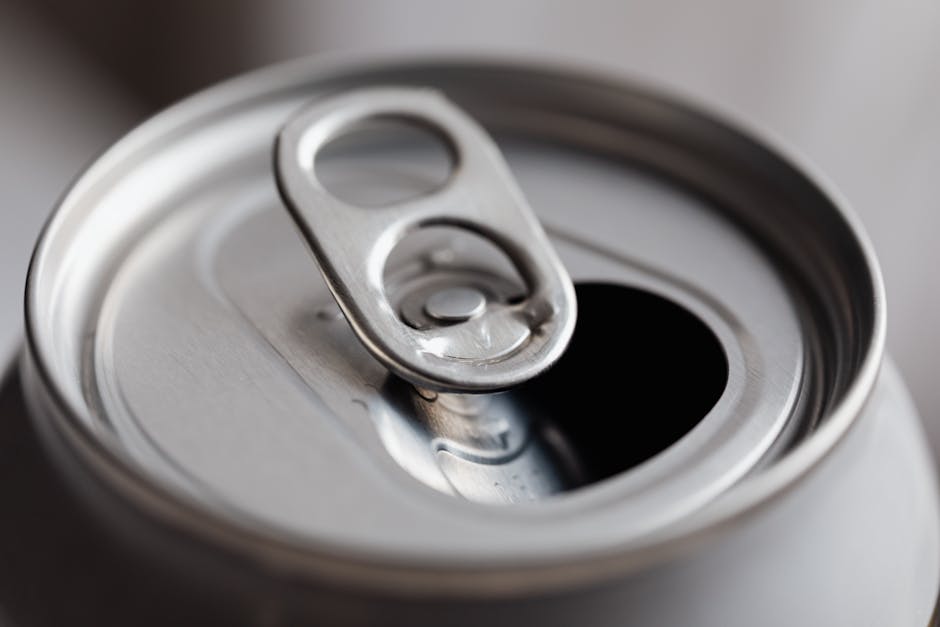Maximising Efficiency With MIG Welding Techniques in Uk’s Industrial Fabrication
Maximising efficiency in industrial fabrication through MIG welding techniques is a crucial aspect of the UK’s manufacturing landscape. As technology continues to evolve, so do the methods used in welding processes.
The implementation of advanced equipment and automation has led to enhanced precision, improved weld quality, and reduced material wastage. By optimising material usage and streamlining operations, the industrial fabrication sector in the UK can achieve maximum efficiency. This not only improves productivity but also contributes to sustainable practises.
Understanding the significance of these MIG welding techniques is essential for businesses seeking to stay competitive and meet the demands of modern industrial fabrication in the UK.
Key Takeaways
- Technology advancements have revolutionised MIG welding in the UK, leading to increased efficiency, precision, and safety in the welding process.
- Integration of automation and robotics in the welding industry has streamlined production processes, reduced costs, and effectively met market demands.
- Advanced welding equipment and automation have reshaped the UK’s industrial fabrication sector, offering unparallelled accuracy, consistency, and precise control of welding parameters.
- Optimising material usage and waste reduction, along with streamlined operations and the implementation of lean manufacturing principles, are crucial for maximising efficiency in MIG welding techniques in the UK’s industrial fabrication.
Evolution of MIG Welding in UK

The evolution of MIG welding in the UK has significantly impacted the industrial fabrication sector. Technology advancements have played a pivotal role in shaping the landscape of MIG welding, leading to increased efficiency, precision, and safety in the welding process. These advancements have not only improved the quality of welded products but have also enhanced the overall productivity of the industrial fabrication sector.
The integration of automation and robotics in MIG welding processes has further revolutionised the industry, allowing for higher accuracy and repeatability in welding tasks. As a result, manufacturers have been able to streamline their production processes, reduce operational costs, and meet the growing demands of the market more effectively.
Looking ahead, the future trends in MIG welding are likely to continue focussing on automation, robotics, and the integration of smart technologies. These trends are anticipated to further enhance the speed, accuracy, and consistency of MIG welding processes, ultimately driving the industrial fabrication sector towards greater efficiency and competitiveness in the global market.
Transitioning into the subsequent section about ‘advanced welding equipment and automation’, it’s essential to understand how these technological advancements have reshaped the industry’s approach to welding processes.
Advanced Welding Equipment and Automation

Evolution in MIG welding equipment and automation has significantly reshaped the landscape of the UK’s industrial fabrication sector. Welding robotics and process automation have revolutionised the efficiency and precision of welding processes.
Welding robotics, equipped with advanced sensors and software, offer unparallelled accuracy in executing welds on complex components, leading to higher quality and consistency in the final products. These robotic systems are programed to handle a wide range of welding tasks, from simple welds to intricate, multi-dimensional joints, thus reducing the need for manual intervention and minimising the likelihood of errors.
Furthermore, process automation has streamlined the entire welding operation, from the initial material handling to the final inspection. Automated systems can precisely control parameters such as voltage, wire feed speed, and gas flow, ensuring optimal welding conditions and minimal material wastage. This level of automation not only enhances the overall productivity of the fabrication process but also significantly reduces the occurrence of defects.
Enhancing Weld Quality and Precision

Enhancing weld quality and precision in the UK’s industrial fabrication sector requires a comprehensive understanding of advanced welding techniques and their application. Improving penetration is essential for high-quality welds. This can be achieved through precise control of parameters such as voltage, wire feed speed, and travel speed. Additionally, reducing spatter is crucial as it ensures a clean and precise weld. Utilising techniques such as pulse welding and advanced shielding gasses can help minimise spatter, resulting in a more refined weld appearance and improved overall quality.
Precision control is another key factor in enhancing weld quality. Advanced MIG welding machines offer features such as digital interfaces and programmable settings, allowing for meticulous control over welding parameters. This level of precision enables welders to achieve consistent and precise weld bead formation, ultimately enhancing the overall quality and appearance of the weld.
Optimising Material Usage and Waste Reduction

To maximise efficiency in the UK’s industrial fabrication sector, it is crucial to focus on optimising material usage and reducing waste through strategic planning and precise execution of MIG welding techniques. Material optimisation plays a pivotal role in reducing costs and enhancing process efficiency.
One way to achieve this is by carefully selecting the appropriate welding materials and dimensions to minimise waste. Additionally, using advanced cutting and shaping technologies, such as laser cutting and CNC machining, can help maximise the utilisation of materials, resulting in reduced scrap and waste.
Another effective strategy for optimising material usage and reducing waste is the implementation of lean manufacturing principles. This involves streamlining processes to eliminate unnecessary steps and minimise material handling, ultimately leading to reduced material consumption and waste generation.
Moreover, proper training of welding personnel on efficient material handling and welding techniques can significantly contribute to waste reduction. By implementing these strategies, industrial fabrication companies in the UK can achieve higher levels of material efficiency and minimise waste, thereby improving their overall productivity and sustainability.
Streamlining Operations for Maximum Efficiency

A crucial aspect of achieving maximum efficiency in the UK’s industrial fabrication sector involves implementing streamlined operations to optimise productivity and resource utilisation. Lean manufacturing principles play a pivotal role in streamlining operations, focussing on eliminating waste and creating a more efficient workflow. By embracing lean manufacturing, industrial fabrication companies can enhance their operations by systematically identifying and eliminating non-value-added activities, reducing lead times, and improving overall productivity.
Process optimisation is another key strategy for streamlining operations in industrial fabrication. This involves analysing and refining the various processes involved in fabrication, such as material handling, welding, cutting, and assembly, to ensure that they are as efficient as possible. Utilising advanced technologies and automation can further optimise these processes, leading to greater efficiency and cost savings.
Additionally, the implementation of advanced planning and scheduling systems can help in streamlining operations by improving production planning, reducing bottlenecks, and minimising idle time. By integrating these systems with real-time monitoring and data analytics, companies can make informed decisions to continuously improve their operations.
Frequently Asked Questions
What Are the Most Common Challenges Faced by MIG Welders in Uk’s Industrial Fabrication Industry?
Common challenges faced by MIG welders in the UK’s industrial fabrication industry include issues related to welding equipment, technique improvement, and safety measures. These challenges require a thorough understanding and implementation of best practises.
How Can MIG Welding Techniques Contribute to Reducing Overall Production Costs in the Uk?
MIG welding techniques can significantly reduce overall production costs in the UK by minimising wastage and improving speed. This translates to a potential 30% reduction in production costs, making it a crucial aspect of industrial fabrication efficiency.
What Are the Key Factors to Consider When Selecting the Appropriate Welding Gas for MIG Welding in the Uk?
When selecting gas for MIG welding in the UK, key factors to consider include the welding process, gas cylinder size, and safety precautions. Understanding the specific requirements of the welding project is crucial for optimal gas selection.
What Are the Potential Environmental Impacts of MIG Welding in the UK, and How Can They Be Mitigated?
Potential environmental impacts of MIG welding in the UK include air and noise pollution, as well as waste generation. Mitigation techniques involve regulatory compliance, energy-efficient equipment, and effective waste management to minimise the environmental footprint of welding operations.
What Are the Best Practises for Training and Upskilling MIG Welders in the UK to Maximise Efficiency and Productivity?
To maximise efficiency and productivity of MIG welders in the UK, effective training methods and skill assessment are imperative. Implementing efficiency metrics and performance incentives can further enhance welders’ capabilities, ensuring optimal output in industrial fabrication.
Conclusion
In conclusion, by harnessing the power of advanced MIG welding techniques, the UK’s industrial fabrication sector can forge a path towards greater efficiency and productivity.
Like skilled artisans shaping raw metal into beautiful sculptures, the industry can mould its operations to maximise output while minimising waste.
Embracing technological advancements and streamlining processes will allow for the creation of strong, high-quality welds, ultimately leading to a more resilient and competitive fabrication landscape.
Contact us to discuss our services now!
